When SAKO sent me the new SAKO 90 Hunter, I knew it came from a good lineage – namely the SAKO 75 and 85. This rifle is a classic design with traditional lines, but includes modern technological improvements. My rifle is chambered in .308 WIN, and I may be a grandma, but it ain’t your grandma’s deer rifle.
When I get a new gun, and especially if a company asks me to use it on a hunt, I want to make sure that I know as much about that gun as possible, and that begins with disassembling it at the cleaning bench after I receive it. Frankly, it’s amateur hour to take a gun out of a box and expect it to perform perfectly on the range or on a hunt. You’re just lucky if it’s on target, and in some cases, even clean enough to shoot. You should also crack open the accompanying manual, or check online for a manual that further explains how the gun functions. If you’re an auditory or visual learner, check YouTube for instructional videos on how to disassemble, clean and most importantly, safety check a gun after re-assembly.

Upon inspection, I couldn’t help but notice the beauty of the walnut stock and blued metal parts – so smooth. Beauty and function combined to make this gun a contender for a legacy whitetail gun in our family, passed down from generation to generation. After all, according to SAKO, this model handled 5 million rounds without a malfunction. That’s a lot of deer hunts for generations to come.
SAKO included videos on its website about the new rifle’s design. The one titled “The legendary SAKO bolt experience” especially intrigued me, and gave me the idea for this topic. Throughout the years, this is one hunting skill that I have strived to improve – running a bolt and loading another round, all while keeping a good cheek weld to the stock. It’s a valuable operation that could yield success afield, especially if you need to fire a second or third shot. I also like, and kudos to SAKO, the fact that a woman hunter, Gemma Dunn, is featured in the portion of the video illustrating bolt movement while firing the rifle on a hunt. She also is featured in a separate video
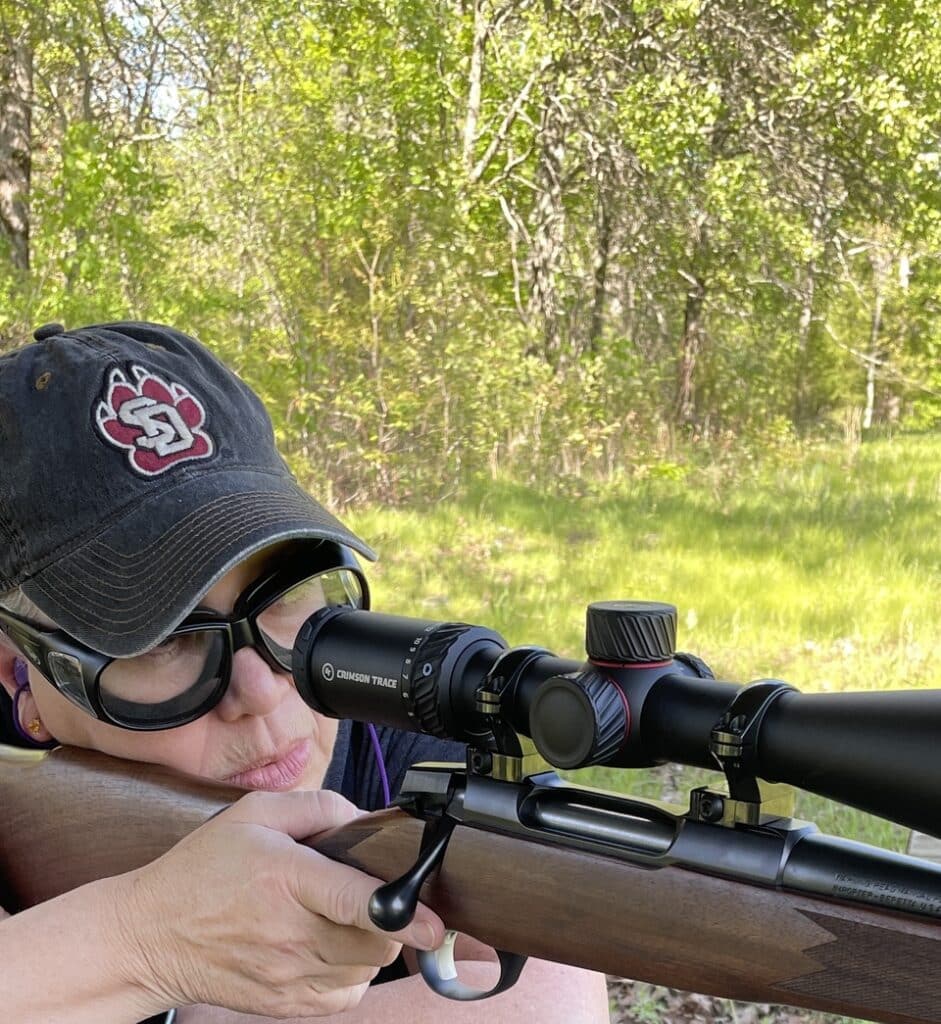
First of all, though, when you are sighting through your optical sight (the rifle is not supplied with iron sights) your cheek must fit comfortably on the stock, without having to twist your neck or craning it uncomfortably. This means you must consider the mounting of your scope (high, medium, or low) when deciding if a rifle fits you. This rifle offers a slightly raised cheekpiece to aid a good cheek weld. When you add a scope to the gun, you should make sure that you locate it so as soon as you mount the gun to your cheek, you can see down the scope, and with the correct eye relief at the magnification you will typically use for hunting. You’ll need to work with a dry gun (no ammo in sight or in the same room) and make sure you’ve properly aligned the scope and gun. You should boresight a scope, as well, to save time (and wasted ammo) during your first (sighting-in) trip to the range with the rifle.
Another factor in using a scope is that you should learn to follow a moving animal through it, in case you have to make a follow-up shot. Therefore, you want your eye and scope to re-align as quickly as possible while coming out of the recoil from your first shot.
According to SAKO, this rifle is designed – regardless of its caliber – to offer the shortest bolt throw distance, with its 3-lug bolt. That means when you learn to run the rifle’s bolt, you can quickly and smoothly prepare for a second or third shot. Practicing running the bolt, while in the position you will be hunting, will greatly aide your shooting skills.
I believe that learning to run a bolt quickly also promotes follow-through after shooting. You need to acquire a follow-through skill for any type of shooting and since you don’t run a rifle’s bolt until the shot has been fired, as long as you keep your cheek on the stock and stay focused through your sight and down the gun you will essentially follow-through; your follow-through will also aid a quick reload.
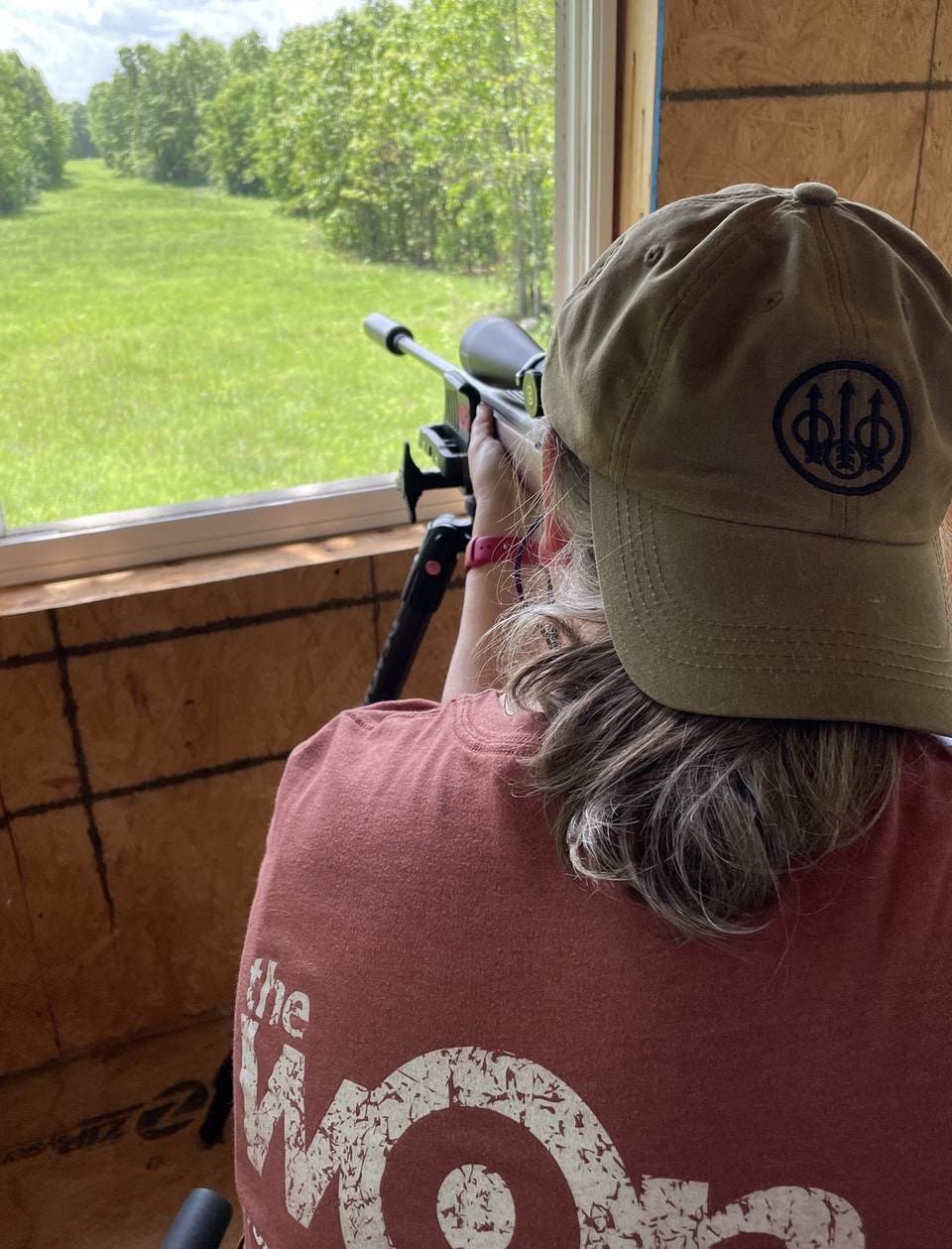
According to writer Bryce Towsley, over at “American Hunter,” you should aim for 10 seconds or less between reloads and shooting the next round when hunting, given, of course, the situation allows for a shot that quickly. You won’t be firing the next round simply because you’re approaching some artificial 10-second limit.
For me, practicing that meant that I took that rifle to my whitetail hunting blind. I set the Sako into my Death Grip tripod, since I use it for hunting, and shot at the 100- and 200-yard targets. For those of you who don’t know, my blind is the second-level of the storage room at our 400-meter rifle range. I’d already zeroed my Sako 90 at 200 yards during an earlier shooting session.
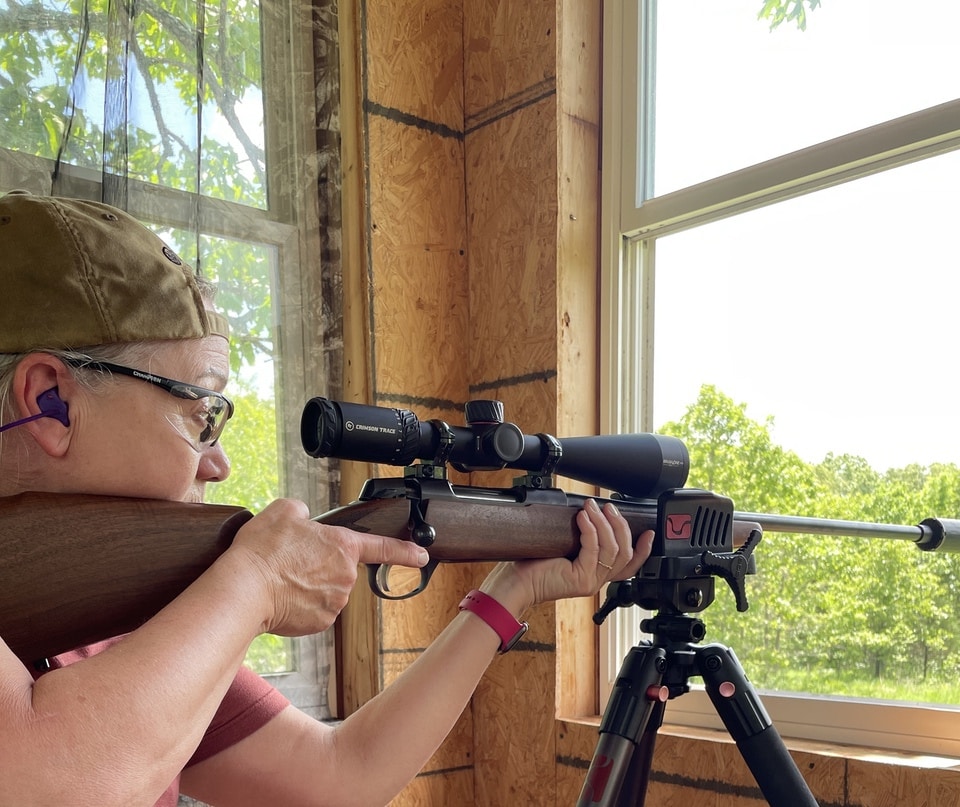
First, I dry-fire practiced and broke down the bolt running sequence into steps. Keep your cheek against the stock with the proper sight picture through your sights during the entire process.
Step 1: After the gun is in position, take off the safety.
Step 2: Use the four fingers on my right hand to flick up the bolt. Yes, you can flick it.
Step 3: Take those four fingers and pull back on the bolt.
Step 4: Add the thumb and run the bolt forward.
Step 5: Push the bolt down.
Step 6: Reacquire the target (easy to do since your cheek is still on the stock throughout this drill) and fire.
I struggled with what to do with my thumb. I discovered I didn’t need it at all to push the bolt upward. I did need it for running it forward. I also had to discipline my trigger finger to – wait. It couldn’t go onto the trigger until I had the next shot acquired through the scope.
After getting comfortable running the bolt, I added a shot timer to the mix. As I got faster, I felt ready to get the interval between shots timed. The first interval (from safety off to first shot) was 10+ seconds, and the timer recorded a 3.76 second interval to the second shot.
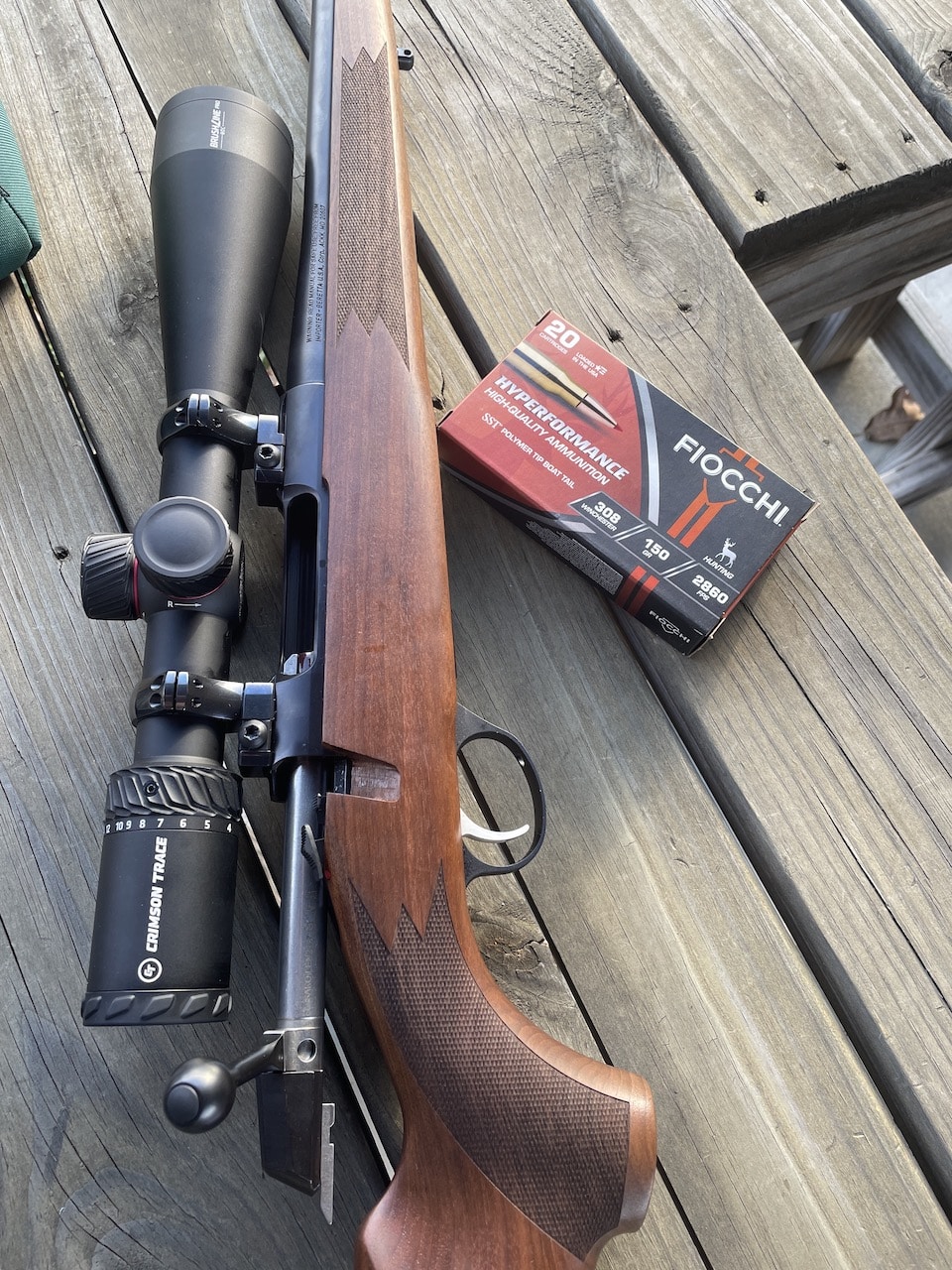
Thanks to Fiocchi and Federal, I have plenty of whitetail ammo for testing and hunting. Always use the ammo you’re going to hunt with for zeroing a gun. For this drill, you can use other, cheaper ammo, if you can find it.
Now, the next step is to practice running the bolt and reloading while moving the rifle to a second target in a different position, to simulate a running animal.
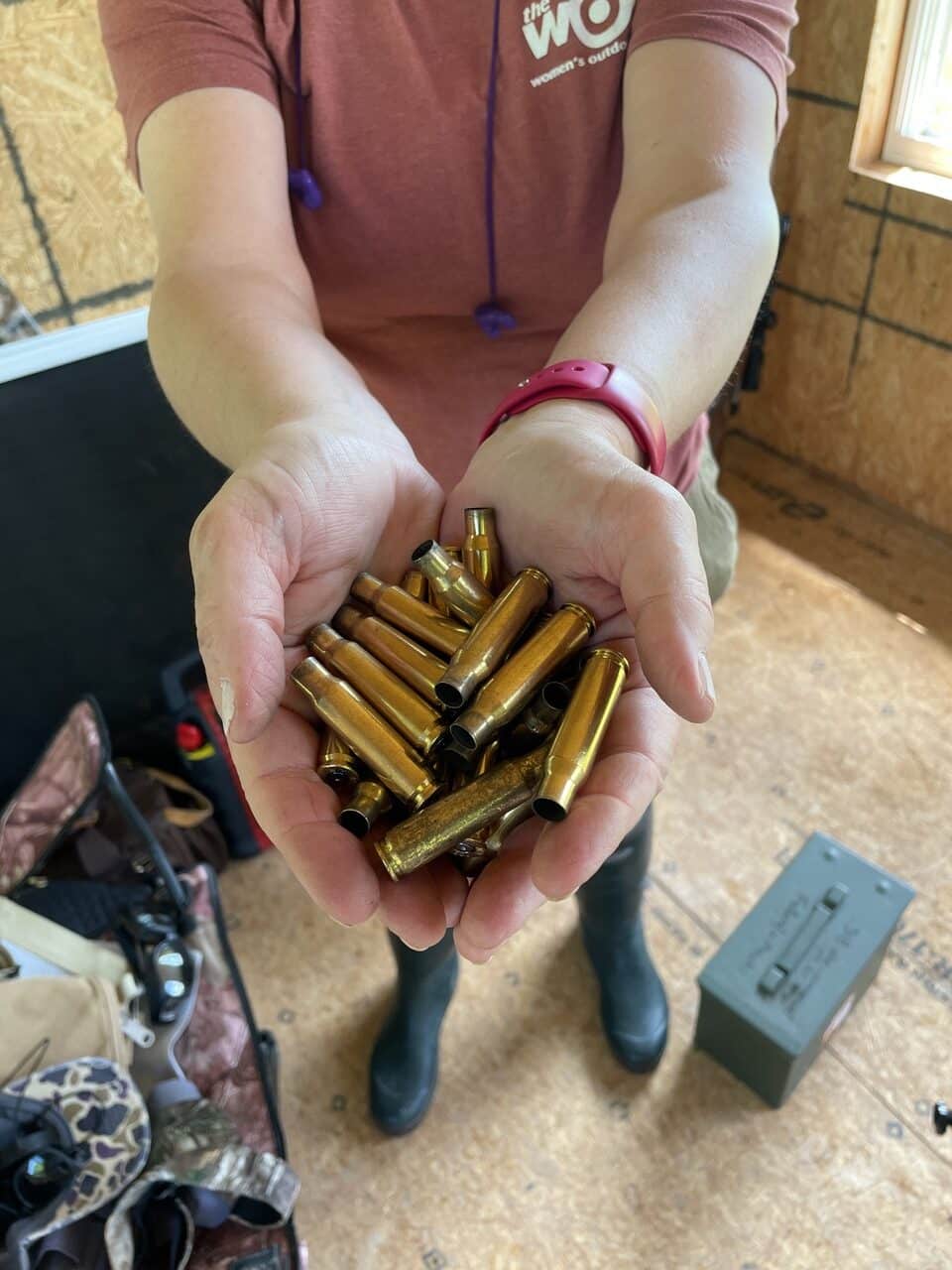
Yes, you’ll need to have several rounds of ammo to accomplish this drill, but you can also practice beforehand – dry – to get everything down smoothly. You want the reload to be as fast possible. Just like pistol shooting, remember that fast is slow, and slow is fast. Force your bolt operation to be as quick and smooth as possible, giving yourself the max time to use your shooting fundamentals to make a good shot. Don’t fumble the bolt operation, then rush the shot because you feel pressure to make the shot.
I am looking forward to taking the SAKO 90 Hunter out whitetail hunting next fall. And, I am looking forward to working with it more on the range.
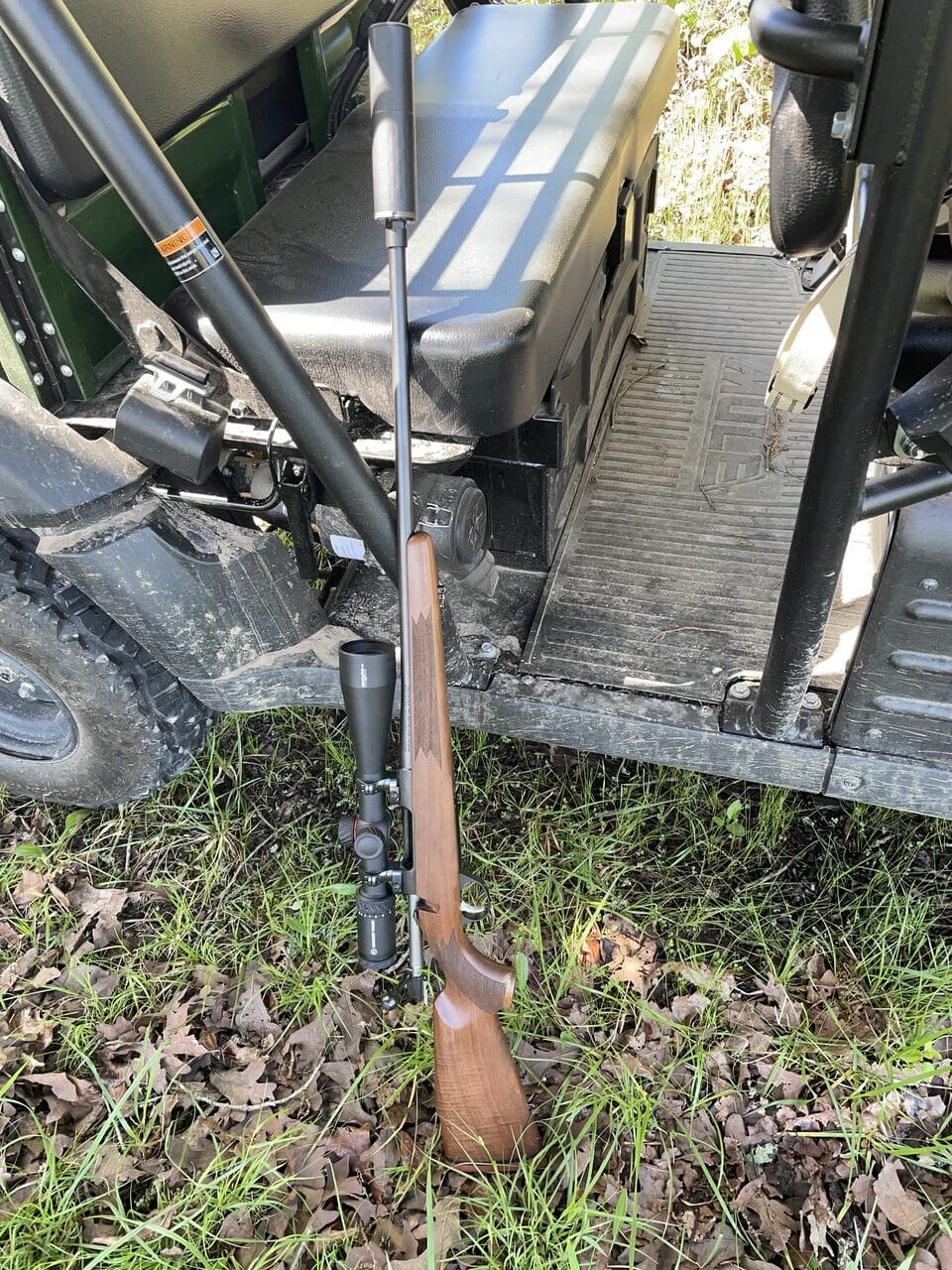
See the family of SAKO 90 rifles. At this point, the gun is made in the following calibers: 222 rem, 223 Rem, 22-250 Rem, 243 Win, 6.5 Creedmoor, 7 mm-08, 308 Win, 6.5×55 SE, 270 Win, 30-06 Sprng., 8×57 IS, 9.3×62, 270 WSM, 300 WSM, 7 mm Rem Mag, 300 Win Mag, 338 Win Mag, 375 H&H Mag.
This is the model I shot, the SAKO 90 Hunter, (except it had a threaded barrel).
MSRP: $2,299
Publisher/Editor Barbara Baird is a freelance writer in hunting, shooting and outdoor markets. Her bylines are found at several top hunting and shooting publications. She also is a travel writer, and you can follow her at https://www.ozarkian.com. View all posts by Barbara Baird